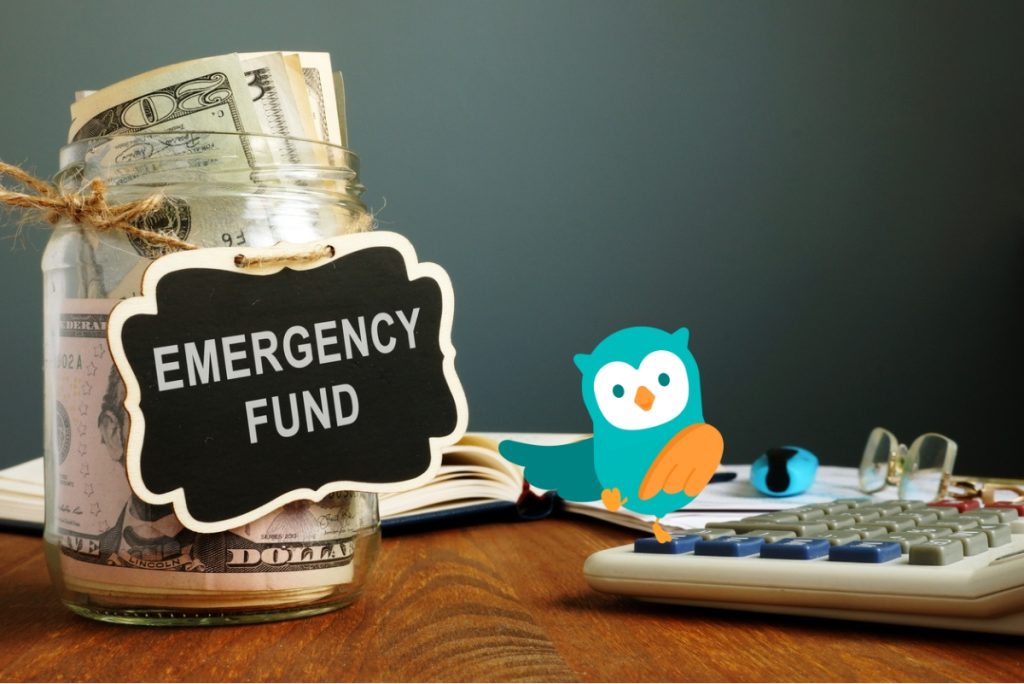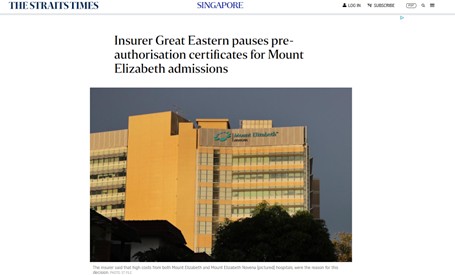______________
Having an emergency fund is a crucial aspect of financial planning that should start as soon as you start earning an income. Although inflation makes saving more challenging, we need to implement effective strategies and be prepared for financial adversities to help safeguard against unexpected expenses and setbacks.
So, where do you start? The golden rule of thumb in personal finance circles is to squirrel away enough funds to cover 3 to 6 months of expenses. However, this is not a one-size-fits-all approach. Depending on your family’s situation, income, and regular expenses, you can tailor this number to suit your needs. For example, those who are older, have unstable income streams (gig workers or self-employed), with more dependents, may need a larger emergency fund. The key is to start at your own pace and gradually build up your emergency reserves.
Also, do note that while it is crucial to have an emergency fund, having an excessive amount of it can have drawbacks. This is because the opportunity cost represents the potential earnings you could have gained by investing it in a higher-yielding instrument.
Lesson 1: Leverage Unexpected Income
It’s exhilarating when you receive unexpected money, like a bonus at work, a gift from a relative, or Government cash payouts (Assurance Package (AP) Cash, GST Voucher (GSTV) – cash). The immediate reaction might be to spend it on a treat for yourself or your family. While enjoying your windfall is a good idea, there’s a way to make this money work harder for you
Consider allocating a substantial portion of this unexpected income to build up your emergency fund to at least 6 months’ expenses. This could mean putting at least 50% to even 90% of the bonus into the fund. The key is to strike a balance – allow yourself to enjoy a portion of this money and recognise the opportunity to fortify your financial safety net. This approach accelerates the growth of your emergency fund without impacting your regular income or savings.
Lesson 2: Separate Savings from Expenses
The distinction between savings and expenses is crucial. The former includes your emergency fund, general savings, and savings meant for big ticket purchases like a house. Whereas the latter includes money set aside for bills, entertainment, and necessities.
Without making a clear distinction, it is easy to dip into your savings for regular expenses. To avoid this pitfall, consider using a separate savings tool which earns higher interest, but sufficiently liquid enough to withdraw them at short-notice.
Lesson 3: Use it Wisely
The next challenge lies in its judicious use once you have successfully set up your emergency fund. The principle here is simple – your emergency fund should be used only in times of financial distress, such as sudden job loss or unexpected medical bills.
It can be tempting to dip into your emergency fund for ad-hoc expenses, such as a new car, a vacation, or a home renovations. However, doing so defeats the purpose of the fund. To maintain financial resilience, it’s essential to differentiate between wants and needs. Consider creating a separate savings goal for discretionary spending or planned expenses and let your emergency fund serve its purpose – to provide financial stability in case of unexpected emergencies.
The Power of a Robust Emergency Fund
Building and maintaining an emergency fund is a marathon, not a sprint. It requires discipline, consistency, and patience. Take heart that prioritising emergency savings, automating your contributions, and making a conscious effort to curb unnecessary expenses can fortify your family’s financial resilience against escalating living costs and unforeseen crises.
An emergency fund is an indispensable tool in your financial planning arsenal, serving as a bulwark against life’s unpredictability. So, make it a priority and be disciplined, contribute regularly to build up your emergency funds. With a robust emergency fund, you’ll be better prepared to weather the financial storms that life may throw your way. Your future self will thank you.
Disclaimer:
While every reasonable care is taken to ensure the accuracy of information provided, no responsibility can be accepted for any loss or inconvenience caused by any error or omission. The information and opinions expressed herein are made in good faith and are based on sources believed to be reliable but no representation or warranty, express or implied, is made as to their accuracy, completeness or correctness. Expressions of opinions or estimates should neither be relied upon nor used in any way as indication of the future performance of any financial products, as prices of assets and currencies may go down as well as up and past performance should not be taken as indication of future performance. All investments carry risk. The author and publisher shall have no liability for any loss or expense whatsoever relating to investment decisions made by the reader.




